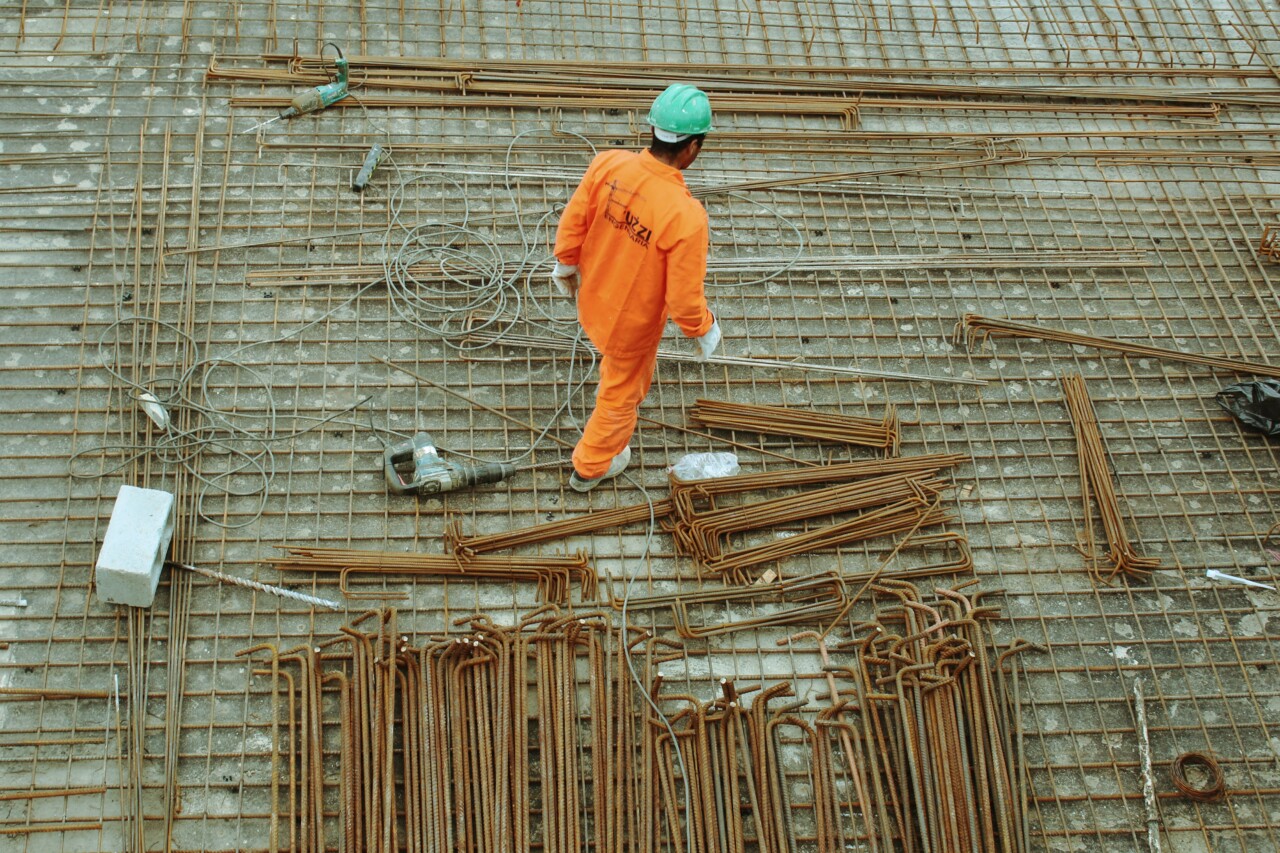Cority recently participated in EHS Daily Advisor’s Safety Culture Week, where Sean Baldry, CRSP, held a fireside chat with renowned behavioral safety expert, Dr. Judy Agnew from Aubrey Daniels International, to discuss how behavioral safety and human and organizational performance (HOP) are complementary approaches that strengthen the tools available to safety professionals to take their safety cultures to the next level.
Below Dr. Agnew answers some of the great questions from the audience we didn’t have time to cover during the session.
How does behavioral safety align with Just Culture?
There are several tenants of Just Culture that are shared with behavioral safety:
- Behavior can only be understood in context
- Blaming systems, instead of people, leads to better solutions and outcomes
- Punishment (that comes from blaming people) stifles organizational learning and thus undermines safety
- When some version of “operator error” is deemed a root cause, further investigation usually uncovers system influences. Management controls the systems, so to punish the operator (frontline performer) is not only unproductive, but also unjust
- Punishing the performer will not prevent others from doing the same thing
- Those who do the work should be included in discussions of safety solutions
This excerpt from our book Safe by Design provides more details:
Behavioral Science seeks to understand behavior by looking at the context within which behavior happens, in this case the workplace. Behavioral Science is very much a systems approach because it is understood that the influencers of behavior come from not just people (e.g., managers, peers), but the physical environment (e.g., equipment, layout of workspace), and organizational processes (e.g., incentives, measurement systems). In short, all organizational systems have the potential to influence safe and at-risk behavior. Once all of the variables that influence behavior are understood, adjustments can be made to make it easier for workers to work safely.
It is important to note that it is not just the frontline workers who engage in safe or at-risk behaviors. Effective behavior-based safety (BBS) programs include a focus on management behavior, not just frontline behavior. Management creates and maintains the systems within which people work so their behavior (creating and maintaining systems that support safety) is an important focus of a good behavioral approach.
You Might Also Like: 9 Common Questions About BBS, Answered by Experts
Safety professionals don’t want to focus on punishment, but line management does. What would you recommend?
Unfortunately, the myth that punishment fixes safety problems is wide-spread. Punishing those involved in incidents gives the impression that something was done to address the issue. If the goal of punishment is to prevent future incidents, it rarely accomplishes that.
However, most leaders don’t take a data-based approach to their safety management strategies, so they don’t see that punishment isn’t working as they think it is. The best strategy in my experience is to let others do the convincing. There are plenty of books, articles and presentations that lay out the reasons why punishment is rarely a good strategy, including Proactive Accountability for Safety
Our company union has had safety rewards for years. I don’t agree with it, but how do you change a union-indoctrinated reward?
You might not be able to, but it is worth trying. Provide the rational argument (that they might be encouraging underreporting or rewarding luck) and be sure to note that what people like does not equate to what works. Everyone likes getting rewards but that doesn’t mean it is motivating safer behavior.
If that doesn’t work, then you can still layer other approaches on top of the rewards. People will still respond well to frequent, positive safety interactions that focus on important behaviors like identifying hazards, reporting near misses, following procedures, etc. We have implemented BBS and Safety Leadership within organizations that have safety incentives and they have still been effective.
What incentive or reward program best fits with the application of a behavioral safety program like HOP?
My suggestion is to think more broadly than incentives and rewards and think about positive reinforcement. What happens to people day-to-day around safety is more important than any reward they will get at the end of a quarter or the year. Building in more positive feedback, more engaging questions, and including workers in discussions and decisions around safety will do more to motivate the behaviors you want.
If you want to celebrate accomplishments with a tangible reward, let that be like the icing on the cake, not your only form of reinforcement. Be sure to focus on what people did to achieve the accomplishment to ensure the improvement is a function of proactive effort, not luck.
How can you make changes to employee behavior if the supervisors are the root cause, focusing more on getting the job done versus safety?
Clearly that is difficult, however one of the great things about a well-designed behavior-based safety process is that frontline employees can work together to remove hazards and ensure they all work safely, even with a supervisor who is not supportive. It is obviously much more effective if supervisors are actively engaged so I don’t mean to suggest it doesn’t matter. In fact, I wrote a book for frontline supervisors because they do play such a critical role (A Supervisor’s Guide to Safety Leadership).
Keep in mind that just as with frontline employees, supervisors are influenced by the system within which they work. In many cases supervisors haven’t been trained in how to best support safety and more importantly, they aren’t held accountable for proactive safety leadership. They are more typically held accountable for production, so part of the solution is further up the management chain.
Learn more about behavioral safety
To hear more from Dr. Agnew on BBS, HOP, and how to avoid the ‘blame trap’ when dealing with incidents, watch Can’t We All Just Get Along? Resolving the Conflict Between Behavior-Based Safety and Human and Organizational Performance













